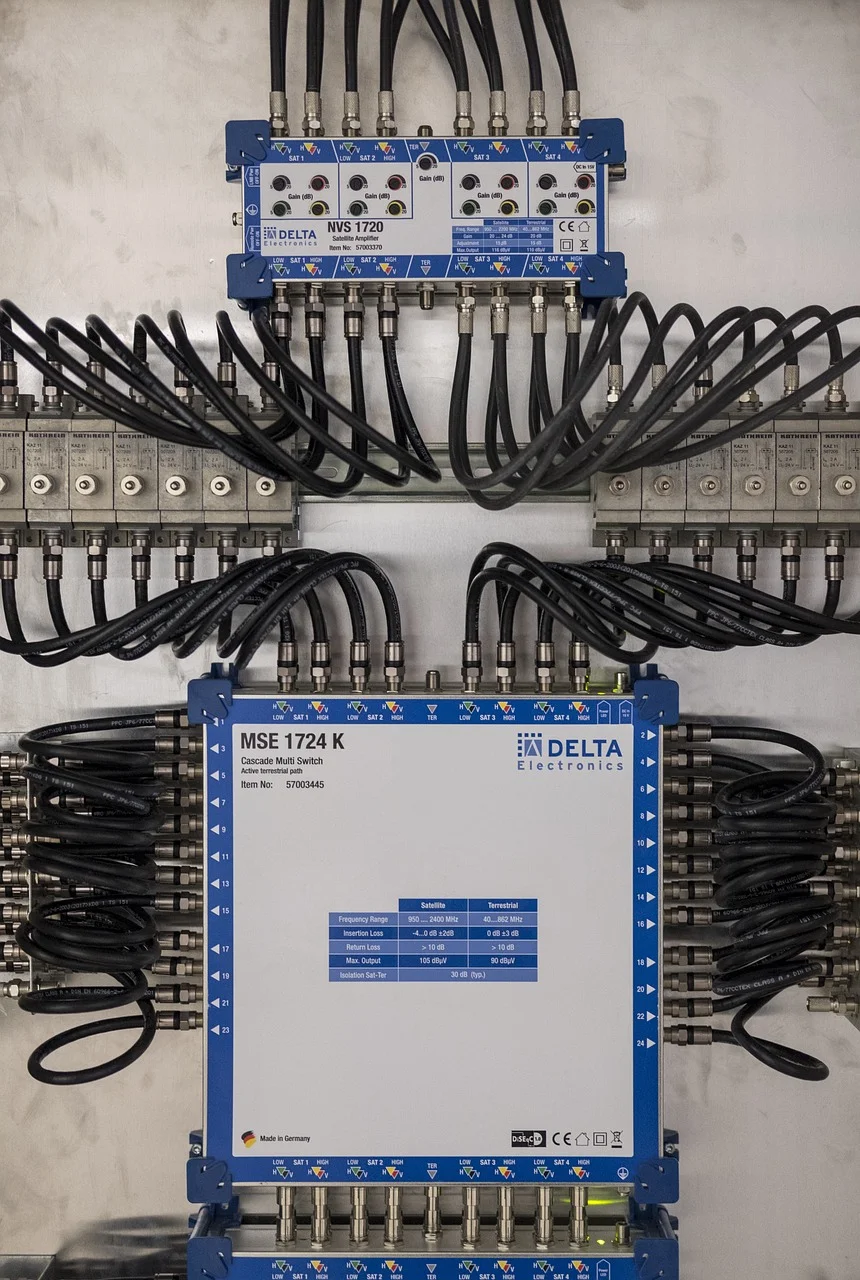
Key Takeaways:
Linux is beloved by technology enthusiasts, developers, and power users around the world. With its open-source nature and unmatched customizability, Linux provides a unique experience that allows users to unleash their inner power. In this article, we’ll explore the top 5 Linux distributions, highlighting their features and benefits, to help you find the perfect choice for an invigorating tech challenge. So, let’s dive in!
1. Ubuntu
Affordable Simplicity
Ubuntu is one of the most well-known and popular Linux distributions. Its user-friendly interface, called Unity, provides a sleek and intuitive desktop environment. With an emphasis on simplicity, Ubuntu comes pre-installed with essential software like a web browser, office suite, and media player, making it an excellent choice for beginners.
Additionally, Ubuntu boasts an extensive software repository, known as the Ubuntu Software Center, where users can easily download and install thousands of applications with just a few clicks. This accessibility, combined with its active and supportive community, makes Ubuntu a great starting point for those new to Linux.
Key Features:
- User-friendly interface
- Extensive software repository
- Active community support
2. Fedora
The Cutting Edge
If you are a tech aficionado looking for bleeding-edge features and the latest software updates, Fedora is the distribution for you. Backed by Red Hat, one of the most prominent players in the Linux community, Fedora delivers a cutting-edge experience while maintaining a high level of stability. It serves as a testbed for upcoming technologies, ensuring users have access to the newest developments in the Linux ecosystem.
Fedora’s default desktop environment, GNOME, offers a modern and clean interface, focusing on simplicity and productivity. With its user-friendly software management tool, package updates are easy to handle and provide a hassle-free experience. Fedora empowers power users and developers with the flexibility to customize their systems to suit their needs.
Key Features:
- Latest software updates and technologies
- User-friendly software management tool
- Stability with cutting-edge features
3. Arch Linux
For the Hardcore Enthusiast
Arch Linux is not for the faint-hearted. It’s designed for experienced users who crave complete control and enjoy getting their hands dirty. Arch Linux’s installation process involves manually setting up the system, giving users the freedom to choose what they need from the ground up. This approach provides unparalleled customizability but requires a deep understanding of Linux concepts.
With its rolling release model, Arch Linux doesn’t have traditional version-based releases. Instead, updates are constantly released, ensuring users have access to the latest software. It also has the Arch User Repository (AUR), a community-driven repository that hosts a vast collection of user-contributed packages. This flexibility and extensive customization options make Arch Linux a go-to choice for power users seeking absolute control.
Key Features:
- Complete control and customization
- Rolling release model
- Arch User Repository (AUR)
4. Debian
Rock-Solid Stability
Debian is notorious for its stability and reliability, earning it the nickname the “Universal Operating System.” Carrying a rich history and strong commitment to free open-source software, Debian offers a wide range of pre-packaged software meticulously tested to ensure compatibility and dependability.
While not the most beginner-friendly distribution, Debian’s solid foundation attracts power users who prioritize stability above all else. Its package management system, APT, simplifies software installation and updates. Furthermore, Debian offers different editions tailored to specific use cases like gaming (Debian Edu), media centers (Debian Multimedia), and more.
Key Features:
- Ultimate stability and reliability
- Wide range of pre-packaged software
- Package management with APT
5. Manjaro
User-Focused Flexibility
Manjaro Linux aims to strike a balance between user-friendliness and access to the power of Arch Linux. Based on Arch, Manjaro offers a beginner-friendly installation process while maintaining compatibility with Arch’s vast software repositories. It combines a cutting-edge rolling release with enhanced stability, mediated by extensive testing and quality assurance procedures.
Manjaro’s desktop environments, Xfce, KDE, and GNOME, provide a solid foundation for productivity. Manjaro’s user-friendly tools, such as the graphical package manager and system configuration utilities, simplify administration tasks. This makes Manjaro a compelling choice for both power users and newcomers seeking a user-friendly, yet powerful Linux distribution.
Key Features:
- Effortless access to Arch’s vast software repositories
- Maintains compatibility with Arch Linux
- User-friendly tools and utilities
Key Takeaways:
Frequently Asked Questions
Key Takeaways:
In conclusion, Linux distributions open up a world of possibilities for tech enthusiasts looking to unleash their inner power user. With Ubuntu’s simplicity, Fedora’s cutting-edge features, Arch Linux’s complete customizability, Debian’s rock-solid stability, and Manjaro’s user-focused flexibility, there’s a distribution tailored to every level of expertise and preference. Take your time to explore, experiment, and find the Linux distribution that challenges and inspires you the most. Happy Linux-ing!
Key Takeaways:
Source: insidertechno.com